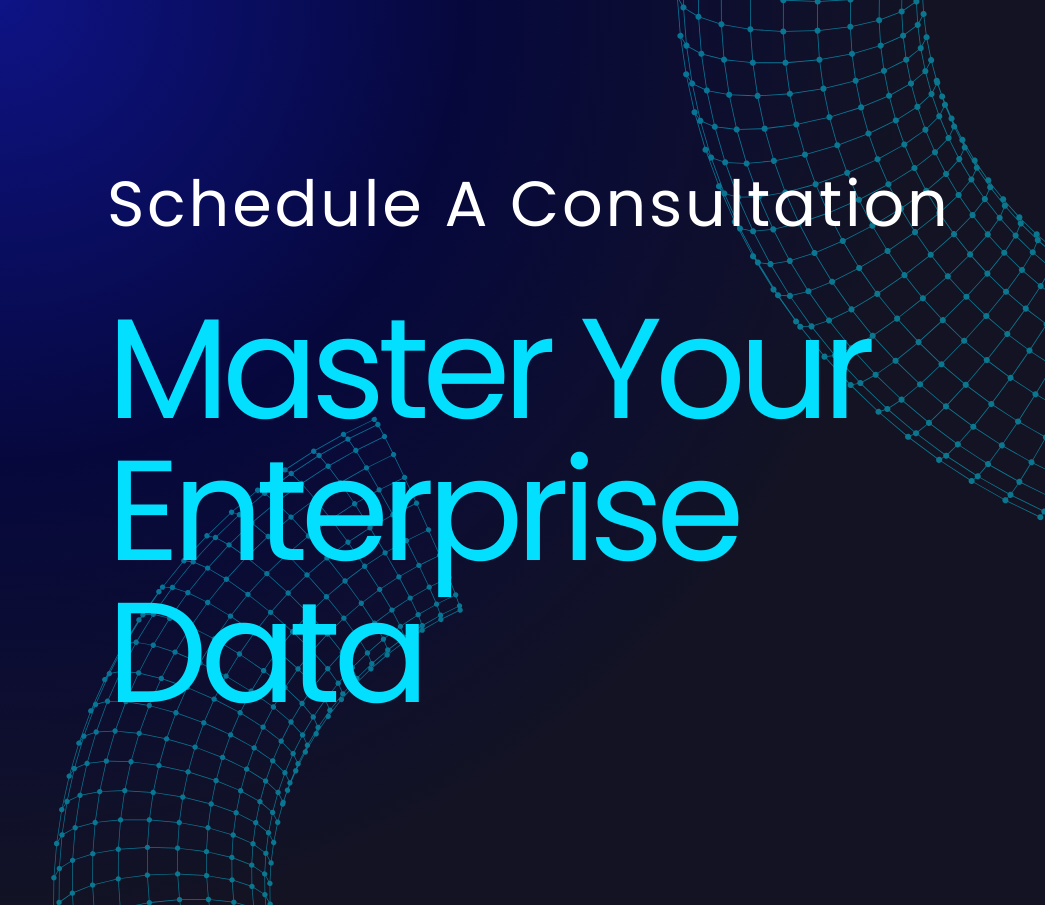Global reporting platforms are revolutionizing enterprise decision-making, ushering in a new era of data-driven strategy. These sophisticated systems provide real-time, unified insights across multinational operations, transforming how businesses understand and act on their data. According to a recent study by the International Data Corporation (IDC), organizations that have successfully implemented global reporting platforms have seen a 37% improvement in decision-making speed and a 42% increase in the accuracy of their strategic planning.
- The Dawn of a New Era in Enterprise Intelligence
- The Architecture of Global Intelligence
- The Human Element: Bridging Cultures and Competencies
- The Compliance Conundrum: Navigating Global Regulations
- The ROI Equation: Measuring the Unmeasurable
- The Future: AI, Predictive Analytics, and the Self-Driving Enterprise
The traditional approach of siloed regional reporting is rapidly becoming obsolete in today’s hyper-connected business environment. Global reporting platforms offer a shared consciousness, where insights generated in one corner of the world can instantly inform strategies on the other side of the planet. This level of synchronization isn’t just an advantage—it’s becoming a necessity for staying competitive in global markets.
However, implementing a global reporting platform is a complex undertaking that requires a fundamental rethinking of how organizations handle data. It demands a new level of data governance, standardization, and cultural shift. The benefits extend far beyond faster decision-making, creating a new kind of organizational synergy that transcends geographical and departmental boundaries.
As we dive deeper into the world of global reporting platforms, we’ll explore their architecture, the human element in their implementation, compliance challenges, ROI considerations, and the future of AI-driven predictive analytics in this space. The question isn’t whether your organization will be affected by this shift—it’s whether you’ll be leading the charge or playing catch-up.
Overview
- Global reporting platforms provide real-time, unified insights across multinational operations, dramatically improving decision-making speed and accuracy.
- Implementing these platforms requires a fundamental rethinking of data handling, governance, and organizational culture.
- The architecture of global reporting platforms involves complex data integration, real-time processing, and intelligent distribution layers.
- Successful implementation hinges on creating a data-driven culture that transcends national and departmental boundaries.
- Navigating global compliance regulations is a key challenge but also an opportunity for competitive advantage.
- Measuring ROI requires looking beyond traditional metrics to consider factors like decision quality and organizational agility.
- The future of global reporting platforms lies in AI and predictive analytics, potentially leading to the “self-driving enterprise.”


















